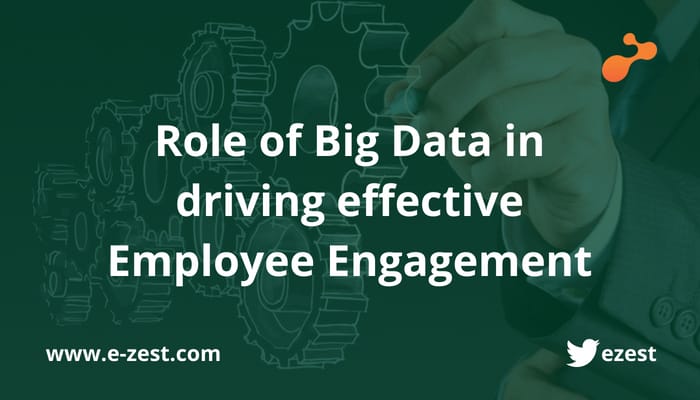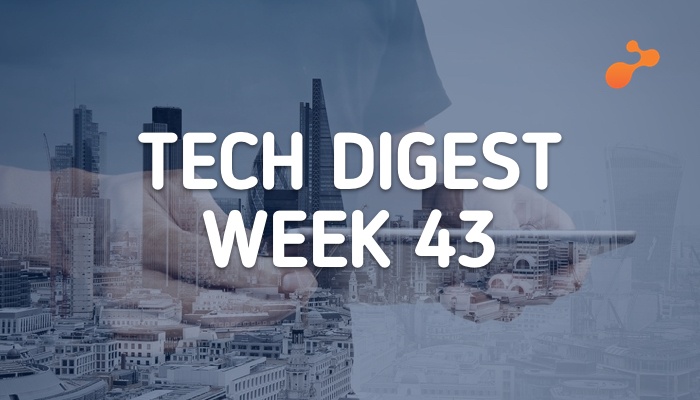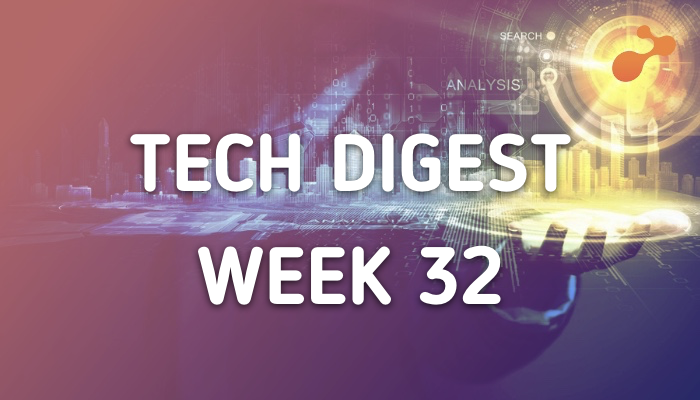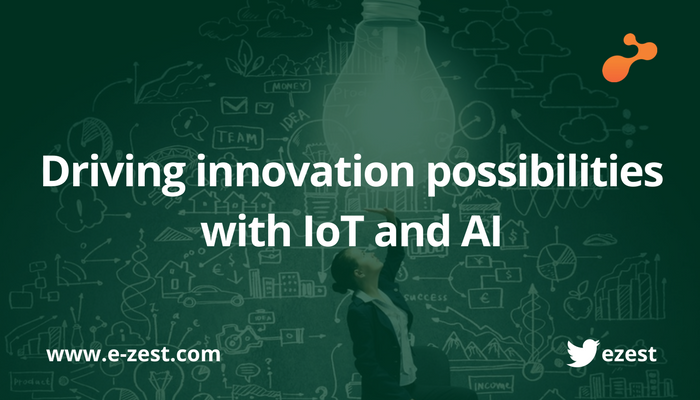
What it is and why it matters for enterprises today
Machine learning is transforming the business world. As the technology matures, companies try to take advantage of it and they may or may not know where to begin, largely because they don’t understand how to strategically implement machine learning in line with their business goals.
This blog explains how machine learning actually works in real sense and how does it add value to companies using it and what it can do for your company.
Back to the point… What is machine learning?
We’ve all heard the terms ‘machine learning’ and ‘data science’ and ‘artificial intelligence’ being used often. There is a thin line that differentiates these terms. In my previous blog, I wrote about the overview of machine learning and how you are benefiting from it in your everyday life. Your Google search results, recommended movies on your Netflix, Amazon suggestions based on your previous purchases are some examples of machine learning.
There are a lot of technical terms in this field. To understand this in a nutshell, there are four most basic level or four key terms you should understand.
Artificial Intelligence - is the umbrella term when computers mimic human cognitive functions.
Data Science - refers to the field of study of extracting knowledge and insights from data patterns.
Machine Learning - is a kind of data science, that refers to a computer’s ability to learn from a dataset and adapt accordingly without having been explicitly programmed to do so.
Recommendation Engines - are a specific type of machine learning that provides recommendations based on what the system anticipates users would like.
Need help to demystify this further! Let's delve deeper.
Machine learning provides computers with the ability to learn without being explicitly programmed. With a variety of mathematical techniques computers learn and refine their own solutions based on sample data. The way you have watched glimpses of it in movies like 'I Robot'. But how does it all actually work?
Computers were originally designed to follow a set of algorithms - a series of steps coded in a computer language in a form of flowchart in the order they should be executed.
But not all processes follow clear path the same way most decisions in the real world do not lead to a single output. Machine learning systems are probabilistic. Here, tasks are executed and decisions are made not always on complete information, and outcomes are usually probabilities of being correct. This characteristic of machine learning makes it suited to problems solving that involves (a) classification (dividing objects into two or more classes), (b) regression (discovering relationships between variables) and (c) clustering (grouping objects by similar characteristics). This leads to uses such as:
Recognizing patterns:
- Objects in real scenes
- Facial identities or expressions
- Spoken words
Extracting insights:
- From free-format text, audio, or video
- Spotting spam email
Discovering anomalies:
- Unusual sequences of financial transactions
- Unusual patterns of sensor readings
Making predictions:
- Future stock prices or currency exchange rates
- Which movies will a person like?
These algorithms that learn from past data allow computers to find hidden insights without being specifically programmed. Because of these modern computing technologies, machine learning today is fast evolving, giving it the ability to automatically apply complex mathematical calculations to big data making the field of data science efficient like never before.
A few widely used machine learning applications that you may be familiar with:
- The self-driving cars of today
- Online recommendations coming from Amazon, Netflix
- To know what customers are talking about you on Facebook, Twitter
- Fraud detection
Above are the machine learning application examples for everyday life.
How is machine learning used today by companies for advance problem solving?
Many online retailers, financial firms and bankers are using systems powered by machine learning algorithms which make them respond instantaneously to market situations and influence consumer behavior. Examples of the use cases include:
- Web search results
- Pattern and image recognition
- Text-based sentiment analysis
- Real-time ads on web pages and mobile devices
- Online recommendations
- Fraud detection
- Email spam filtering
Machine learning results are probabilistic with a percentage certainty that the data you’re looking at matches what your machine learning model is trained to find.
You can even build your own machine learning system if you don’t want pre-built APIs, and have the data to work with. There’s an enormous range of tools for building machine learning systems, from R and Python scripts, to predictive analytics using Spark and Hadoop, to specific AI tools and frameworks.
Rather than setting up your own infrastructure, which takes enormous efforts and time, you can use machine learning services in the cloud to build data models. With cloud services, you do not need to install a range of tools. Moreover, these services give you more built-in expertise needed to get successful results.
To succeed in the field of machine learning, know what fits you best that suits your line of business and future vision.









